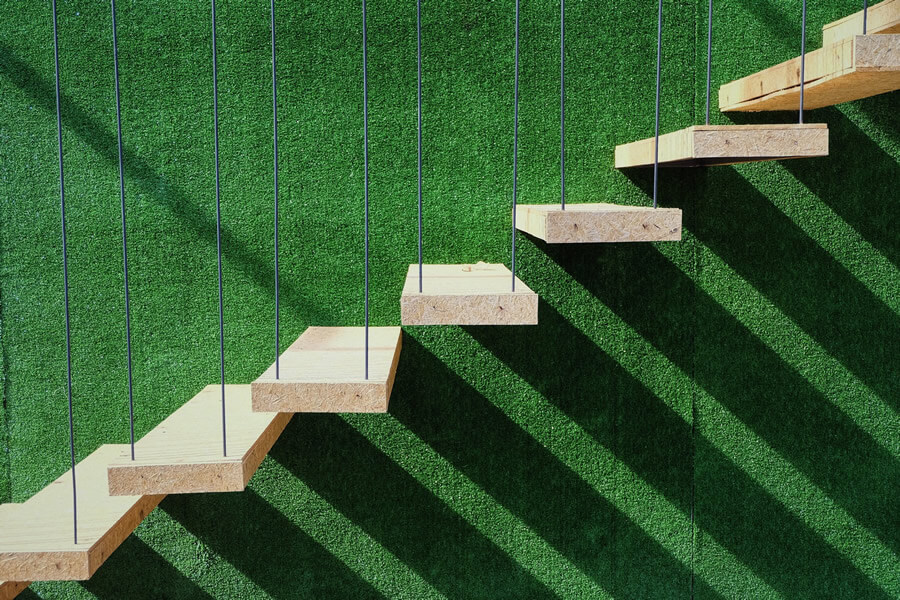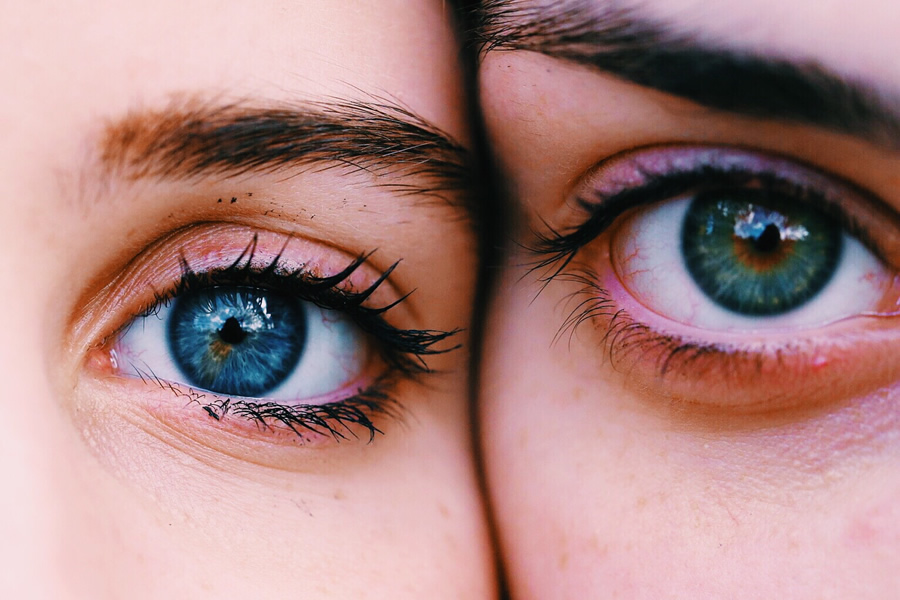Very Peri, the official color of the year 2022, vitamin color trends that are designed to mimic the effect of a serious vitamin dose, and behavioural design are just some of the design trends that not only indicate a strong interconnectedness between the human psyche and technology, but are also pinpointing that the consumers are craving comfort and well-being in an uncertain world.
By infusing designs with hope and optimism through innovation and altruism, we can use latest design trends to make a difference and create a better future.
Hopeful design can describe projects, products, and architecture that aim to solve problems, improve society, and generally bring light and optimism into the world. [1]
During an ongoing societal struggle between choosing freedom or choosing happiness, hope encourages self-belief and brings inner peace.
“Optimism and hope are not the same. Optimism is the belief that the world is changing for the better; hope is the belief that, together, we can make the world better.”
Jonathan Sacks
According to the Oxford English Dictionary, optimism is “hopefulness and confidence about the future or the successful outcome of something; a tendency to take a favourable or hopeful view.” Hope is the “expectation of something desired; desire combined with expectation.” [2]
Hope and optimism can go together, but they don’t have to. You can be a hopeless optimist who feels personally helpless but assumes that everything will turn out all right. You can be a hopeful pessimist who makes negative predictions about the future but has confidence that you can improve things in your life and others’. [3]
Optimism can be seen as a positive emotion. A feeling of confidence that something you want will happen. Adopting hope, on the other hand, can help you through even the most challenging experiences.
“Don’t look for big things, just do small things with great love.”
Mother Teresa
Hope is more steadfast than optimism. It’s an attitude of faith in yourself and the inherent good of others. Choosing to be hopeful gives you strength, regardless of what’s happening in your life and prevents you from not giving up. Having hope is more powerful than being optimistic. [4]
“But I know, somehow, that only when it is dark enough can you see the stars.”
Martin Luther King, Jr.
The law of polarity says that everything is dual; everything has poles; everything has its pair of opposites; like and unlike are the same; opposites are identical in nature, but different in degree; extremes meet; all truths are but half-truths; all paradoxes may be reconciled. [5]
According to this law, everything has a dual nature. Everything has poles and everything is a pair of opposites. Things that appear to be opposites are actually two inseparable parts of the same thing. Between the poles, there is a full range of possibilities from the negative to the positive.
Consider, for example, the pair light-dark. Absolute light is one pole and absolute darkness the other, the opposite pole. Between them, there are countless degrees of deference.
Almost all contemporary theories of hope admit that it can be rational to ‘hope against hope’, or to maintain hope even when the chances of success are vanishingly small.
Hope isn’t always entirely pleasant, nor does it necessarily provide the sense of comfort that things will be okay. As the 17th-century philosopher Baruch Spinoza recognised, because fear and hope both respond to an uncertain future, ‘there is no hope without fear, and no fear without hope’. [6]
In the face of the significant and increasingly global challenges, it’s clear that we can’t rationally hope for a better world tomorrow. We can, instead, cultivate patient hope. Although there’s also a need for immediate individual and collective action, patient hope is oriented to a very distant, valuable future that remains possible even in the darkest of times. Such hopes don’t dominate one’s day-to-day thoughts, distracting one from the specific work that needs to be done. Instead, they function in the background of one’s psyche to foster and direct the concrete hopes that are steps toward realising an ethical ideal. [7]
“Two things fill the mind with ever new and increasing admiration and awe, the more often and steadily we reflect upon them: the starry heavens above me and the moral law within me. I do not seek or conjecture either of them as if they were veiled obscurities or extravagances beyond the horizon of my vision; I see them before me and connect them immediately with the consciousness of my existence.”
Immanuel Kant
[1] Fussell, Grace, How to Create Hope Through Design, https://www.shutterstock.com/blog/hopeful-design-optimistic-future
[2] Utpal Dholakia Ph.D., What’s the Difference Between Optimism and Hope?, https://www.psychologytoday.com/us/blog/the-science-behind-behavior/201702/whats-the-difference-between-optimism-and-hope
[3] Brooks, Arthur C., The Difference Between Hope and Optimism, https://www.theatlantic.com/family/archive/2021/09/hope-optimism-happiness/620164/
[4] Burriston, Nathan, Don’t Be Optimistic. Be Hopeful, https://medium.com/age-of-awareness/dont-be-optimistic-be-hopeful-e4402b30b1a9
[5] Three Initiates, The Kybalion, 1908
[6] Stockdale, Katie and Milona, Michael, Even when optimism has been lost, hope has a role to play, https://psyche.co/ideas/even-when-optimism-has-been-lost-hope-has-a-role-to-play
[7] Ibid.

